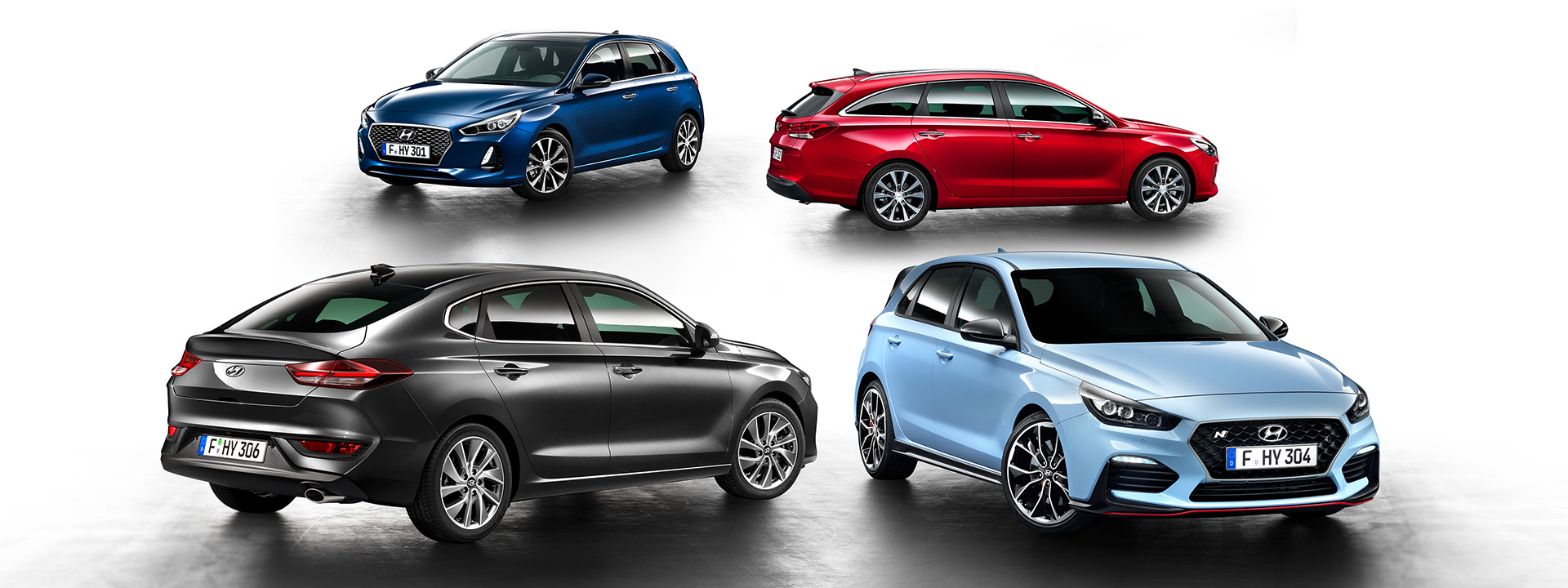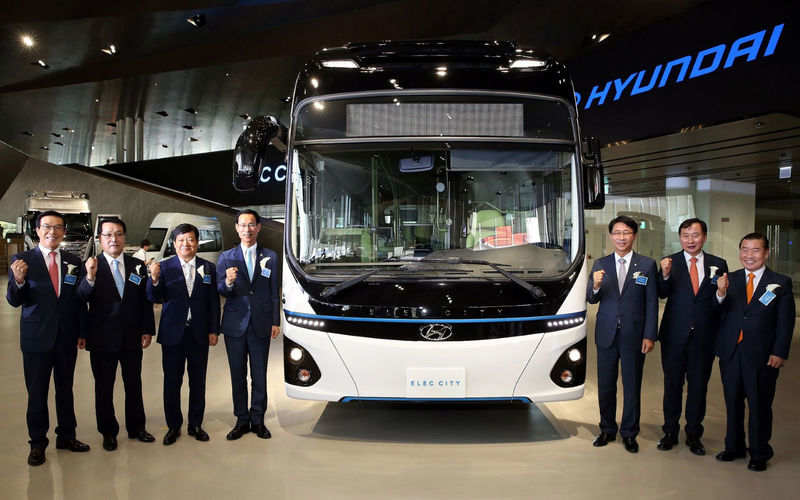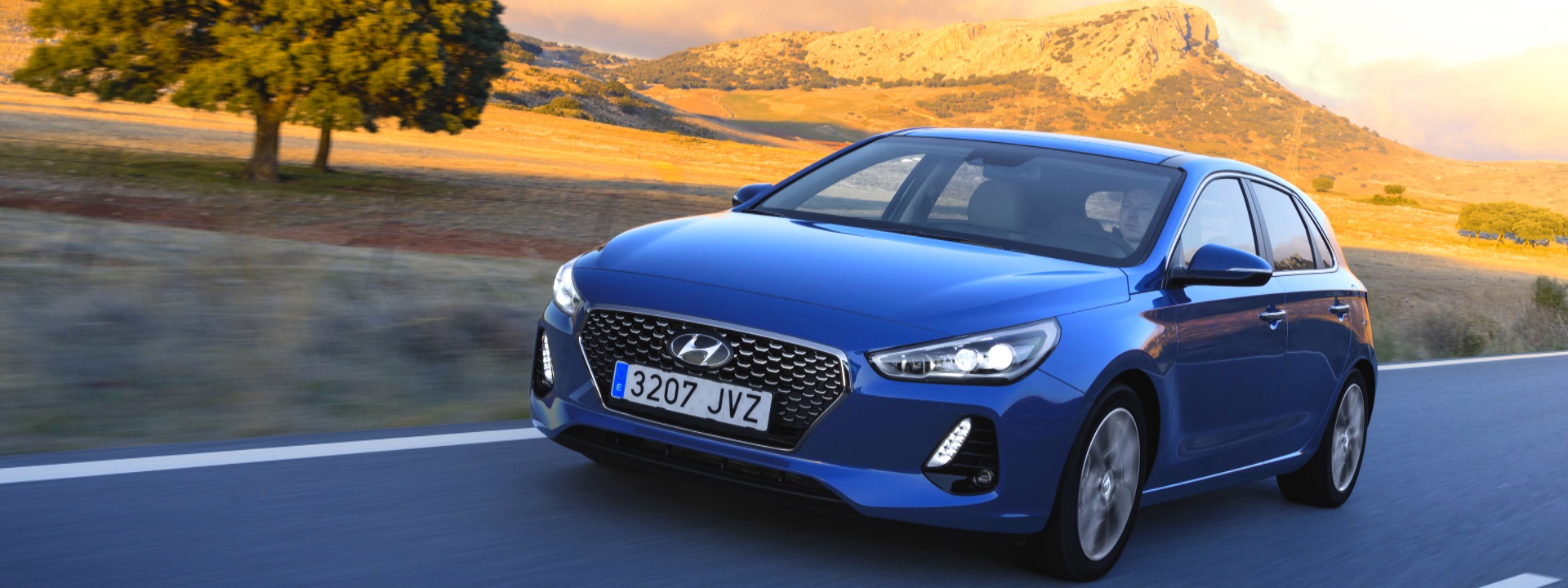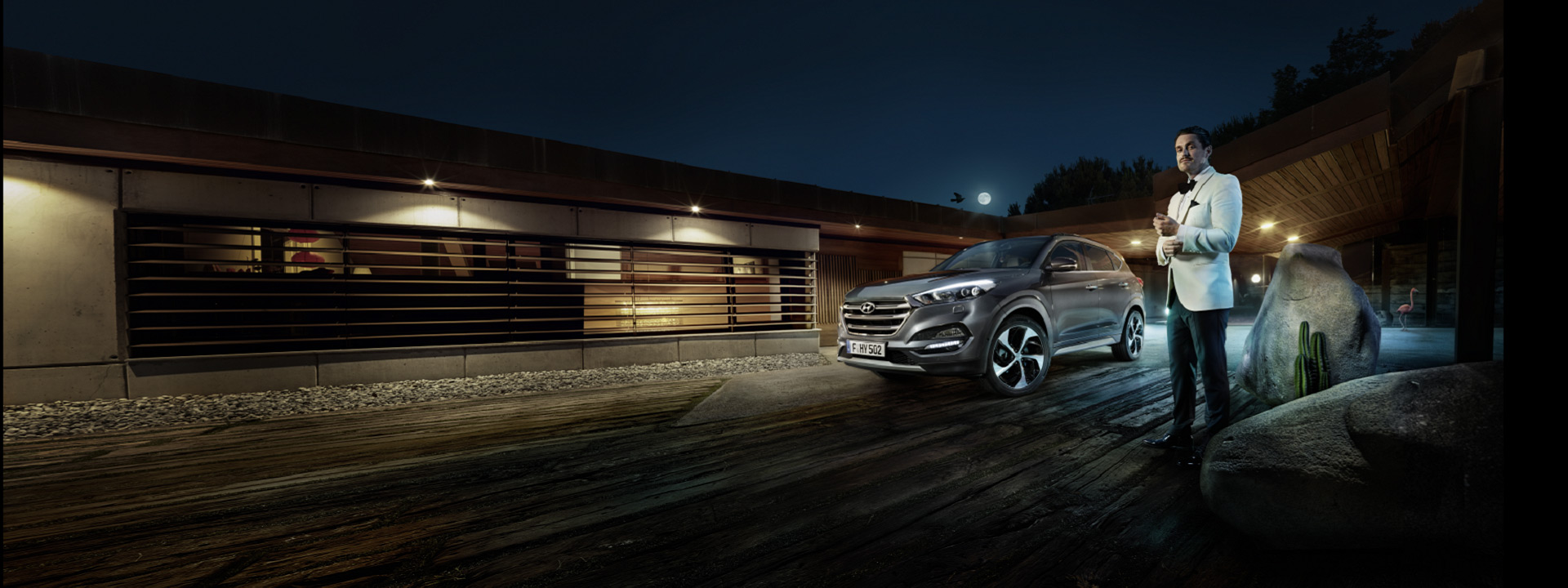
Hyundai Motor is presenting three public debuts of new vehicles at the 67th International Frankfurt Motor Show: Hyundai’s first high-performance car i30 N, the elegant i30 Fastback and the bold KONA.
These new models are the latest milestones on Hyundai Motor’s journey to become the number one Asian automotive brand in Europe by 2021. The public debut at Frankfurt Motor Show will be a homecoming for the three models: after all, the brand has its European and German headquarters, design, technical and testing centres and its motorsport operations rooted in the region.
The Hyundai Motor press conference will take place on Tuesday, September 12 at 12:55 CEST at the Hyundai stand in Hall 8, Stand C 29.

Stage for Hyundai Motor’s 2017 debuts
The i30 N is Hyundai Motor’s first high-performance car under the N line-up inspired by motorsport. Built on the New Generation i30, this car has been developed from the ground up to deliver maximum fun to drive in everyday life on the road as well as on the track. The i30 N is powered by a 2.0-litre turbocharged engine available with two power outputs: the Standard Package engine delivers 250 PS, whereas the Performance Package engine’s maximum power is boosted to 275 PS. Both outputs deliver a maximum torque of 353 Nm and reach a maximum speed of 250 km/h. The 250 PS version reaches 100 km/h in 6.4 seconds, the 275 PS version in 6.1 seconds. Hyundai’s new high-performance car is all about precision, control, safety and durability when it comes to sharp performance and driving excitement. The key high-performance features are segment-leading for Hyundai Motor’s first N model and can be chosen individually by the driver depending on his or her driving mood.

With the i30 Fastback, Hyundai Motor is entering the compact market with a premium, classy, five-door coupé. The i30 Fastback is characterised by its strong stance and sporty, elongated lines. By offering the latest Hyundai SmartSense™ active safety and driving assistance features, the i30 Fastback democratises technology, as do the other members of the i30 range. The powertrain line-up of the i30 Fastback consists of two downsized turbocharged petrol engines carried over from the New Generation Hyundai i30. With the i30 Fastback, Hyundai Motor makes premium design features accessible for everyone.
The All-New KONA is a true SUV with a bold and progressive design, premium features, accessible connectivity and latest safety technologies. Hyundai’s KONA offers a sleek, sharp design with full-LED twin headlamps, two-tone roof and a choice of ten distinctive exterior colours. This new SUV combines optional on-demand four-wheel drive, 7DCT and Hyundai’s latest powertrains. It expresses the lifestyle of modern urban customers.

The i30 N TCR, Hyundai Motorsport’s first project intended specifically for track racing, already attracted plenty of attention during its public debut at the recent ADAC TCR Germany championship. At the 2017 Frankfurt Motor Show the i30 N TCR will be presented for the first time to a wider audience. Built to the TCR regulations that were introduced in 2015, the i30 N TCR is designed to be sold to customers to compete in the growing number of national and international series where TCR-specification machinery is eligible. The i30 N TCR complements Hyundai’s forthcoming high-performance N range and will further show the high-performance engineering capabilities of the brand.
In line with the TCR regulations the i30 N TCR is powered by a two-litre turbocharged engine, connected to a six-speed gearbox operated by steering wheel mounted paddles. The 100-litre fuel tank in the car is equipped with an endurance refuelling kit, allowing customers to compete in both sprint and long distance events.
courtesy: www.hyundai.news










